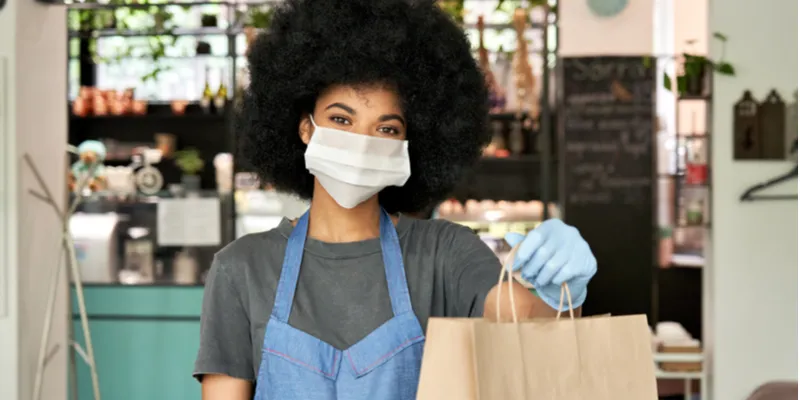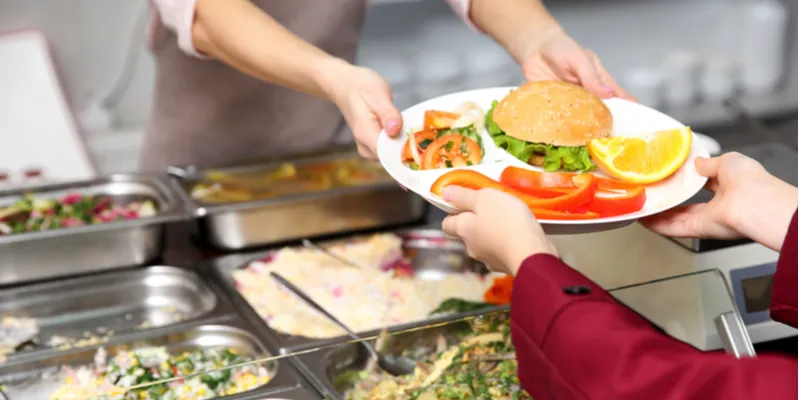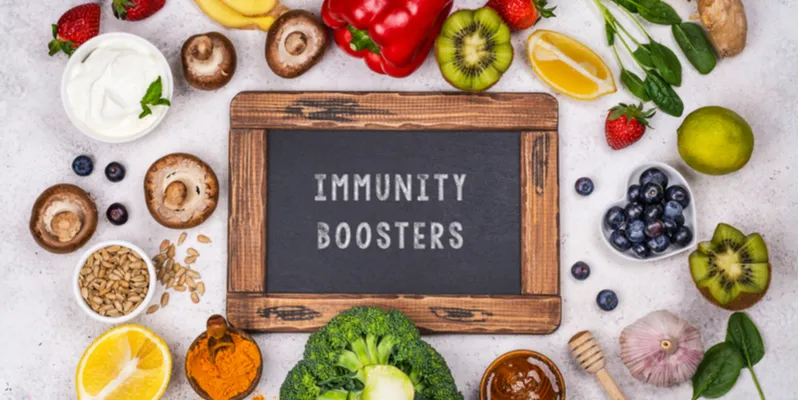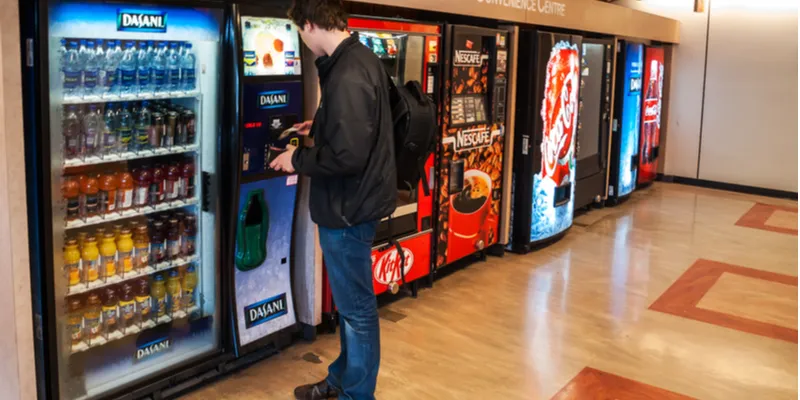Get ready for the new normal: Health and safety dominate the agenda for corporates amid the pandemic
As people get ready to get back to their offices, they have to be prepared for the new normal, where social distancing and safety norms will be a top priority
The last six months have fundamentally reshaped our world with the COVID-19 pandemic leading to large scale disruption. Life, as know it now, is very different.

Safety is of utmost importance in the new normal
New terms like “lockdown,” “containment zones,” “social distancing,” etc., seem to roll off our tongues very easily. After a series of “lockdowns”, the economy is gradually reopening despite the Coronavirus transmissions on the rise.
There’s already been severe damage to the economy and livelihood and its impractical to expect governments to keep the lockdown going permanently. As the country has unlocked in stages corporate campuses have restarted operations with a limited number of employees resuming work from their offices, as per government regulations.
What are some of the trends in the ‘new normal’? Let us take a look…
Cafeterias will be safer
Depending on the size of the company between 50-75 percent of employees tend to rely on office cafeterias for their food and beverage needs over the course of a business day. In fact, office cafeterias go above and beyond their core purpose of a place to consume food. They also serve as a hangout spot for a quick catch-up with colleagues.

The cafeteria is a high traffic area of the office
Given they are a high-traffic destination with thousands of employees frequenting cafeteria locations each day, cafeteria operations need to be sharply focussed on safety and hygiene and reducing virus transmission risk.
As the world adapts to the ongoing crisis by adhering to social distancing norms and the best practices of hygiene, companies are going all out in their efforts to make cafeterias safe for employees.
Make way for healthy diets

Immunity-boosting foods will take centrestage
Since the onset of the pandemic, there has undoubtedly been a shift in the eating habits people are following. When we compare the pre-COVID era to the current scenario and even consider the future outlook, we see most people have gravitated towards healthier foods and are consciously adopting nutrient-rich diets.
More and more immunity-boosting foods such as ginger, citrus-based fruits, turmeric, garlic, and other herbs and spices are making their way to the popular list of foods. The key reason for this shift is that immunity-boosting foods are the need of the hour to help us safeguard ourselves from the virus.
Although the adoption of these habits is sudden, it does appear to be more permanent and is bound to last for at least a couple of years.
Lifestyle transformation
The change has been observed in not just food consumption, but also in the overall lives we lead, particularly since life as we knew it, has changed drastically.

Many people will continue to work from home amid the pandemic
Office spaces are being revamped, and a significant number of companies have asked their employees to continue working from home. The transformation can be seen in almost every aspect of our lives.
Corporate campuses are now allowing extended lunch hours to help mitigate the risk by limiting the number of people who can be present in the cafeteria at a time.
While hygiene and safety measures have always been a priority when it comes to food, they are now being amped up further to eliminate any possible risk of contamination. Considering we are now spending the majority of our time indoors, the entire model of working has seen a fundamental change, thus transforming our lifestyles almost entirely.
Aside from lifestyle transformations, there has been a notable change in employee behaviour too. As mentioned earlier, a significant majority spend most of our time indoors, which has resulted in alterations in routine and general habits as well.
People are now more wary of coming into close contact with others, especially in cafeterias where food can become contaminated easily. An increasing number of employees are opting to consume food at their desks. In the long term, however, cafeterias will continue to serve their original purpose.
Tech-driven innovations

Vending machines will become more popular in the future
It is simply not possible to overlook the ground-breaking innovations that technology has brought about. The advent of cutting-edge technologies such as AI and ML have carved a permanent place for themselves in our lives.
In a cafeteria or any office space where a lot of crowds tend to be present at once, manual crowd management is extremely challenging. Especially in peak hours such as lunchtime, monitoring the entire workforce as well as the cafeteria staff is not possible.
Leveraging technologies such as AI and ML, companies can ensure that they limit the crowd that enters the space at a particular amount of time and set a time limit for café use. Banking on the data collected over time, it is possible to build algorithms to manage the crowd and enforce safety and hygiene protocols.
Additionally, without technology and digitisation, the current pandemic is almost unimaginable as technology helps us restore a sense of normalcy in our lives. When it comes to cafeteria management, the role of technology has been instrumental in enhancing safety and hygiene measures.
With desk ordering, and digital management of cafes which are no longer a ‘vanity’ metric, but imperative to safety, technology, has revolutionized the way office cafeterias function.
Self-ordering kiosks, food delivery robots, and automated food vending machines are also making contactless dining a possibility. Institutional Food-Tech companies are also stepping up to the challenge by introducing desk-ordering features to keep human contact to a minimum by digitising the entire process of ordering a meal.
Contactless entry systems
When one enters the office, the first thing he/she does is use the biometrics to record their attendance. This is usually done through registering their fingerprint in the biometric device which records their attendance. However, with the pandemic situation impacting human contact, technologies such as iris and facial scanners have been introduced.
While these are not entirely new in the market, they are now witnessing large-scale deployment. As minimising human contact is deemed crucial to curb the outbreak, these contact-less entry systems equipped with the best-in-class technology and algorithms are set to become the standard in every workplace.
As the world continues to grapple with the pandemic while trying to bounce back to normalcy, it is in a cycle of constant evolution. The future will certainly see more tech-led innovations as we adapt to life in the ‘new normal’.
(Images credit: Shutterstock)
Edited by Asha Chowdary









